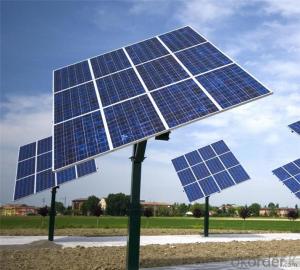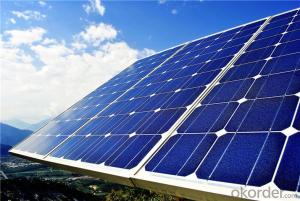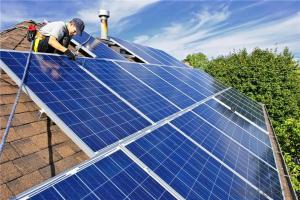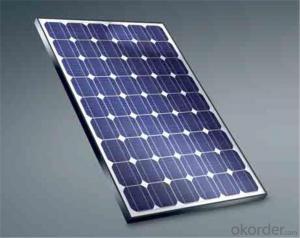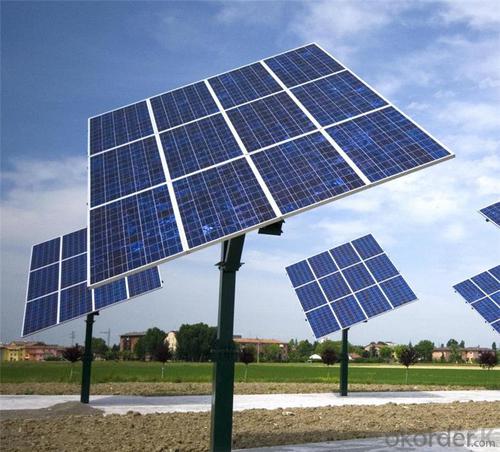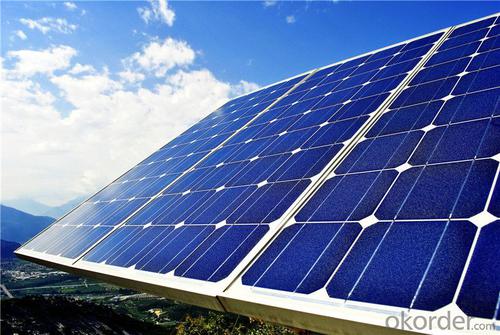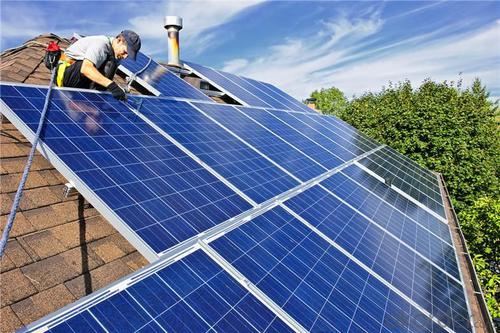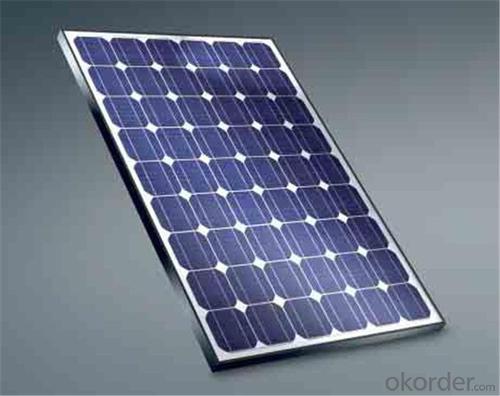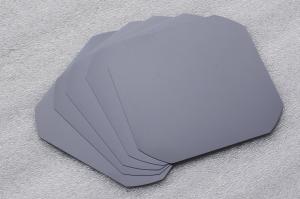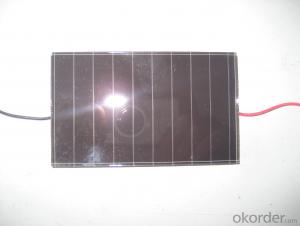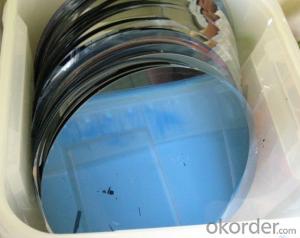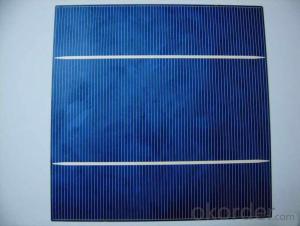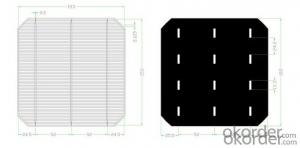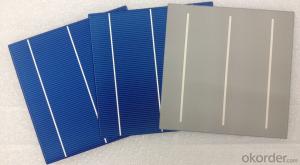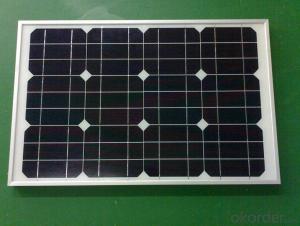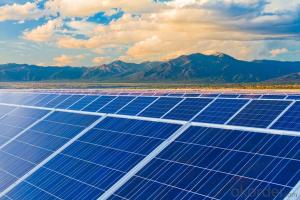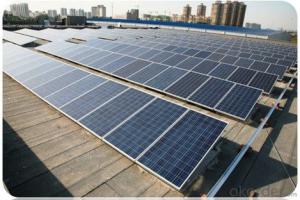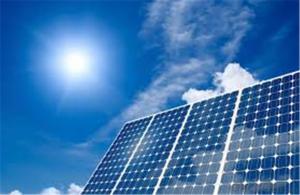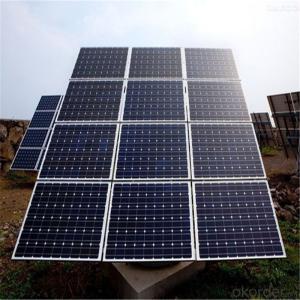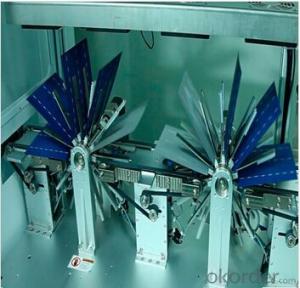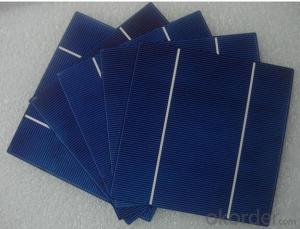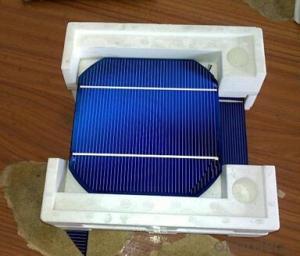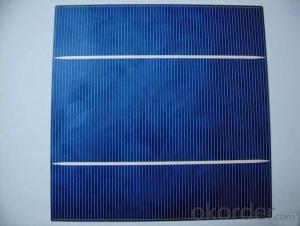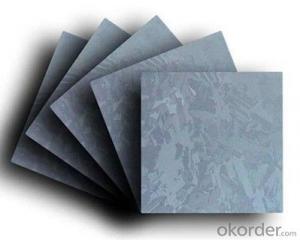265W Industrial Silicon Wafer Solar Cells for Home Use Solar Power System
- Loading Port:
- China main port
- Payment Terms:
- TT OR LC
- Min Order Qty:
- 10000 watt
- Supply Capability:
- 20000000 watt/month
OKorder Service Pledge
OKorder Financial Service
You Might Also Like
Destription:
Solar panel refers to a panel designed to absorb the sun's rays as a source of energy for generating electricity or heating. A PV module is a packaged, connected assembly of typically 6×10 solar cells. Solar PV panels constitute the solar array of a photovoltaic system that generates and supplies solar electricity in commercial and residential applications.
Main Characteristic
1.Manufactured according to international quality and Environment Management
System (ISO9001, ISO14001)
2. By the high transmittance, low iron tempered glass, anti-aging of the EVA(polyethylene - vinyl acetate), high-performance crystalline silicon solar cells, good Weather resistance TPT (fluoroplastics composite membrane) by pyramid , has a good Weather resistance and anti-UV, hail, water-proof capacity.
3. OEM and customerized package are accepted
4. High efficiency crystalline silicon solar cells
Quality warranty
1.10 years limited warranty on material and workmanship
2. more than 90% power output in 10 years
3. more than 80% power output in 25 years
Product show
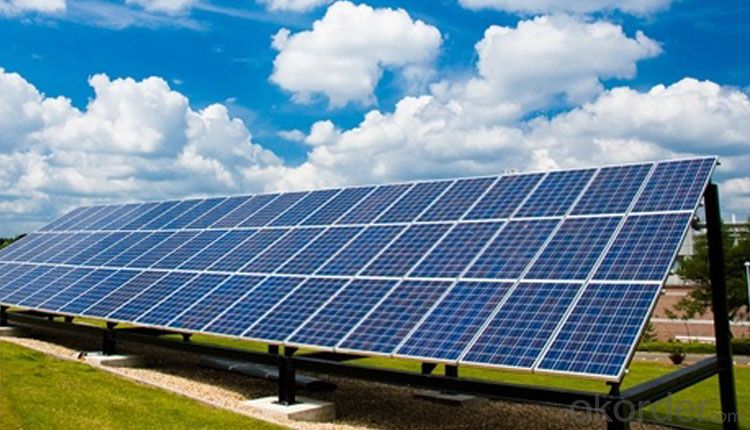


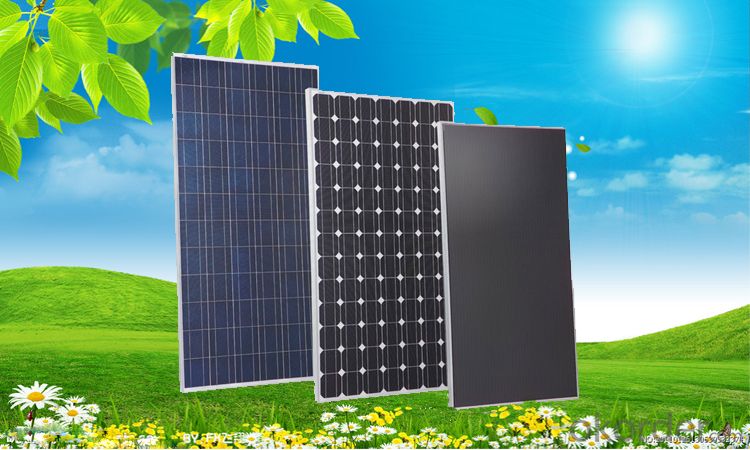
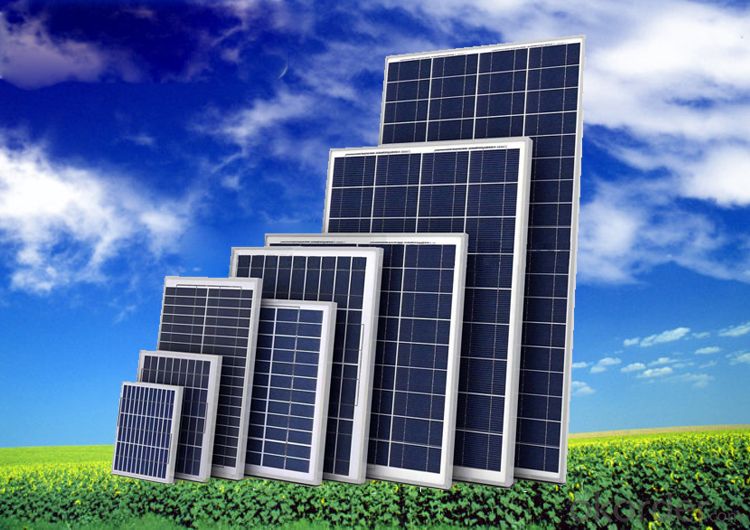
- Q: Can solar silicon wafers be customized for specific solar panel designs?
- Yes, solar silicon wafers can be customized for specific solar panel designs. The size, shape, thickness, and other properties of the silicon wafers can be tailored to meet the requirements of different solar panel designs, allowing for optimized performance and integration.
- Q: Why is it not easy to use high resistance on the silicon chip integrated circuit
- In some places, the resistance of the epitaxial layer is adopted, and the resistance is N type, which has a lot of inconvenience in the circuit, and the numerical value is also very difficult to do
- Q: How is the surface roughness of a solar silicon wafer measured?
- The surface roughness of a solar silicon wafer is typically measured using a technique called atomic force microscopy (AFM). AFM utilizes a sharp probe that scans the surface of the wafer, measuring the height variations at a nanoscale level. This provides accurate information about the roughness of the wafer's surface, which is crucial for assessing its suitability for solar cell fabrication.
- Q: How are solar silicon wafers connected to form a solar panel?
- Solar silicon wafers are typically connected together using conductive materials, such as metal ribbons or wires, to form a solar panel. These connections, known as interconnects, are made by soldering or using conductive adhesive to attach the positive side of one wafer to the negative side of another wafer. This series of connections allows the flow of electric current between the wafers, ultimately enabling the solar panel to generate electricity from sunlight.
- Q: What is the average lifespan of a solar silicon wafer?
- The average lifespan of a solar silicon wafer is around 25 to 30 years.
- Q: How to make monocrystalline silicon solar panels? Begged: specific steps
- Wafer inspectionSilicon wafer is the carrier of solar cell, the quality of silicon wafer directly determines the conversion efficiency of solar cell. This procedure is mainly used to measure the technical parameters of silicon wafer on line. These parameters mainly include the surface roughness of the silicon wafer, the lifetime of the minority, the resistivity, the P/N type and the micro crack. The device is divided into four parts: automatic loading and unloading, silicon wafer transmission, system integration part and. The silicon photovoltaic detector on the silicon wafer surface roughness were detected, and the size and appearance of diagonal parameter detection chip; micro crack detection module is used to detect silicon micro cracks; another two detecting module, a [url=] module [/url] online test mainly test wafer resistivity and wafer type, on the other a module for lifetime test wafer. The detection of the diagonal and micro cracks of the silicon wafer is needed before the sub lifetime and resistivity measurement. Wafer inspection equipment can automatic loading and unloading, and substandard products in a fixed position, so as to improve the detection accuracy and efficiency.
- Q: Can solar silicon wafers be used in solar-powered waste management systems?
- Yes, solar silicon wafers can be used in solar-powered waste management systems. These wafers are essential components in solar panels, which can generate electricity from sunlight. By harnessing solar energy, waste management systems can operate efficiently and sustainably, powering various processes such as waste collection, recycling, and treatment.
- Q: How is a conversion efficiency measured in a solar silicon wafer?
- Conversion efficiency in a solar silicon wafer is typically measured by calculating the ratio of the electrical power output from the solar cell to the total solar power input. This is done by taking into account factors such as the amount of sunlight absorbed, the electrical losses within the cell, and any other losses in the system. The resulting percentage is an indicator of how effectively the solar wafer is converting sunlight into usable electrical energy.
- Q: What's the difference between a silicon wafer and a battery?
- Silicon chip, is a large piece of silicon, cut into a filmSolar cell, the mainstream is the silicon wafer made of crystalline silicon solar cells, or other solar cells: thin film solar cells, amorphous silicon solar energy, solar cells and so on
- Q: Are solar silicon wafers affected by voltage fluctuations?
- Yes, solar silicon wafers can be affected by voltage fluctuations. Fluctuations in voltage can impact the performance and efficiency of solar panels, as they rely on a stable and consistent voltage to generate electricity. Variations in voltage can cause fluctuations in current, which can lead to reduced power output or even damage to the solar cells. Therefore, it is important to ensure a stable and well-regulated voltage supply for optimal performance of solar silicon wafers.
Send your message to us
265W Industrial Silicon Wafer Solar Cells for Home Use Solar Power System
- Loading Port:
- China main port
- Payment Terms:
- TT OR LC
- Min Order Qty:
- 10000 watt
- Supply Capability:
- 20000000 watt/month
OKorder Service Pledge
OKorder Financial Service
Similar products
Hot products
Hot Searches
Related keywords
